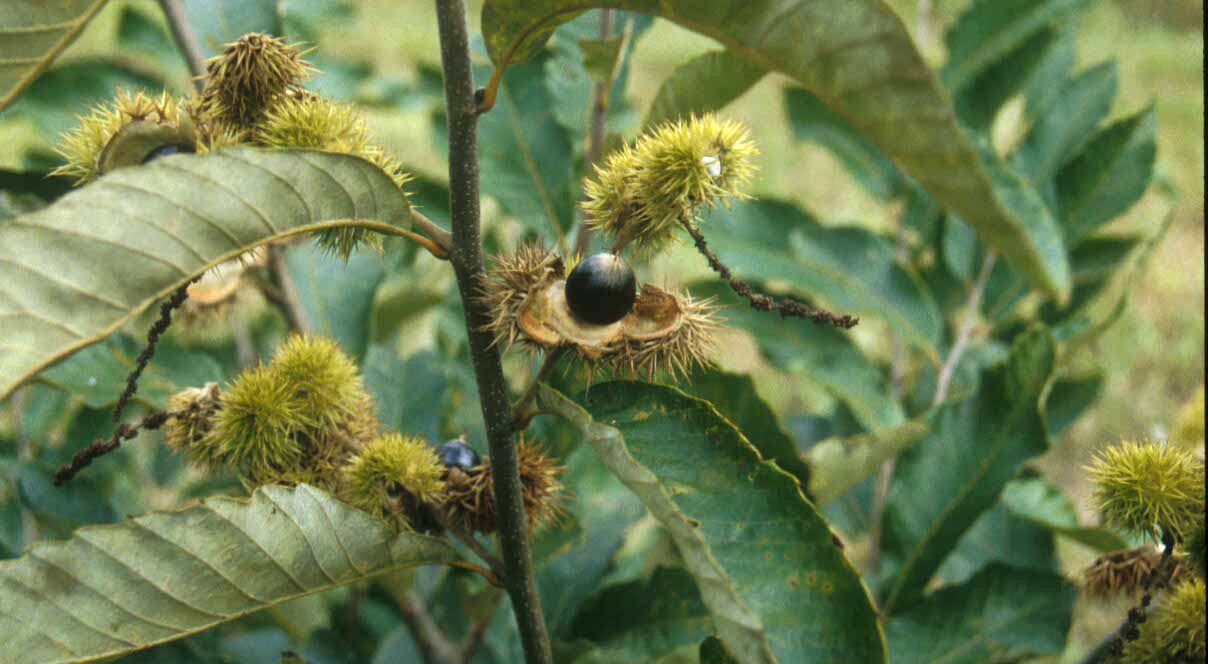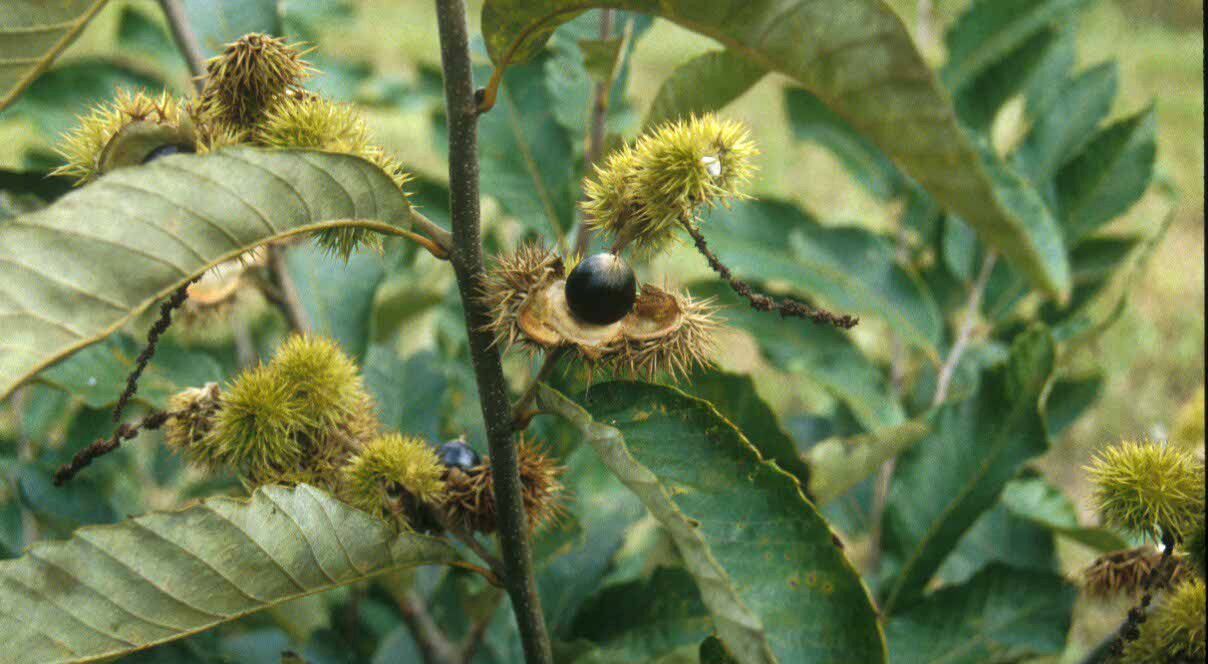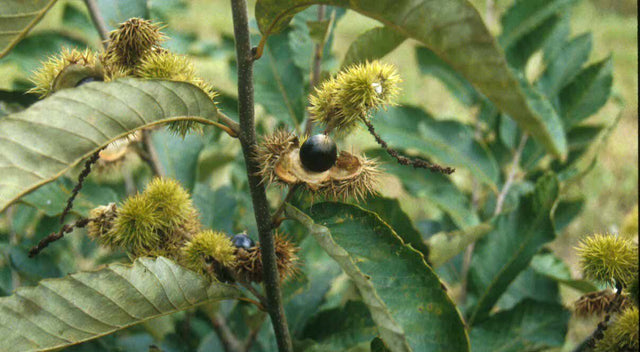Oak, Chinkapin, Bare Root
Sweet-Acorn Oak for Wildlife & Dry Sites
Oak, Chinkapin, Bare Root - Bare Root / 6-18" Seedling is backordered and will ship as soon as it is back in stock.
Couldn't load pickup availability
Delivery and Shipping
Delivery and Shipping
Make sure to thoroughly review our entire "Shipping, Returns, Refunds, and Our Guarantee" page for all relevant details about ordering from our store.
Making a purchase from our store constitutes an agreement to all the conditions outlined in those policies.
We appreciate your support and look forward to being your favorite plant provider!
Subscribe to our newsletter
Sign up for exclusive offers.
Chinkapin Oak (Quercus muehlenbergii)
Chinkapin Oak is a highly adaptable, wildlife-friendly native oak known for its sweet, palatable acorns and rugged limestone tolerance. Native to the central and eastern U.S., this member of the white oak group thrives in dry, rocky soils and plays a critical role in supporting native wildlife, especially in upland forests, savannas, and silvopasture systems. With its bright green, toothed leaves resembling those of the Chinkapin (Castanea pumila), this oak brings high wildlife value, drought resilience, and deep roots to regenerative plantings.
Key Characteristics
-
Sweet acorns loved by wildlife (and people!)
Chinkapin Oak produces some of the sweetest acorns of any native oak—low in tannins and readily consumed by deer, squirrels, wild turkeys, and even livestock. Historically, Indigenous peoples and early settlers roasted or leached the acorns for flour or direct consumption. -
Host plant for hundreds of native insects
Like other oaks, Q. muehlenbergii supports over 500 species of Lepidoptera larvae, including the Banded Hairstreak (Satyrium calanus) and Polyphemus Moth (Antheraea polyphemus), making it a critical insectary species for birds and pollinator food webs. -
Tolerates drought, rocky soils, and alkaline sites
Uniquely adapted to dry, calcareous soils, Chinkapin Oak is one of the best native oaks for limestone ridges, rocky hillsides, and drought-prone areas. Its deep taproot helps it establish in challenging conditions. -
Strong candidate for food forests and silvopasture
With its sweet acorns and high wildlife value, Chinkapin Oak is a great long-term canopy tree in food forests and silvopasture systems. It can provide seasonal forage for livestock and wildlife, while improving soil with deep-root carbon inputs. -
Long-lived and structurally elegant
This oak develops into a broad-canopied, attractive tree with flaky gray bark and a graceful branching habit. It can live for centuries and is relatively pest-resistant, making it a resilient investment for future generations.
Product Details
- Native range: Central and Eastern U.S., especially in dry uplands and limestone-rich soils
- Plant life cycle: Deciduous Tree
- Sun requirements: Full sun
- Soil requirements: Medium-dry to medium; prefers well-drained, rocky, or calcareous soils
- Mature height: 40–80 feet
- Bloom time: Spring
- Bloom color: Inconspicuous yellow-green catkins
- USDA Hardiness zones: 4–8
Chinkapin Oak is a top-tier oak for tough sites, edible landscaping, and wildlife habitat. With sweet acorns and deep drought tolerance, it's ideal for upland food forests, silvopasture, and soil-regenerating plantings.
-
Sun RequirementsFull Sun
-
Soil RequirementsMedium, Medium-Dry, Medium-Wet
-
Bloom ColorYellow, Green
-
Bloom TimeApril, May
-
USDA Hardiness ZonesZone 4, Zone 5, Zone 6, Zone 7
-
Native StatesPennsylvania, Ohio, Indiana, Illinois, Michigan, Wisconsin, Missouri, Kentucky, Tennessee, Virginia, North Carolina, South Carolina, Georgia, Alabama, Mississippi, Arkansas, Louisiana, Oklahoma, Texas
Payment & Security
Payment methods
Your payment information is processed securely. We do not store credit card details nor have access to your credit card information.




